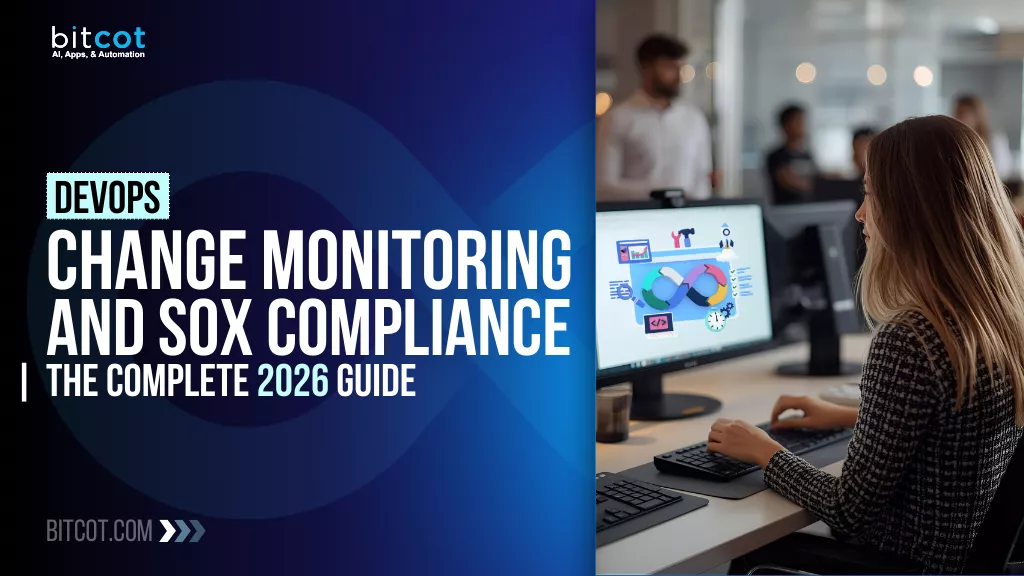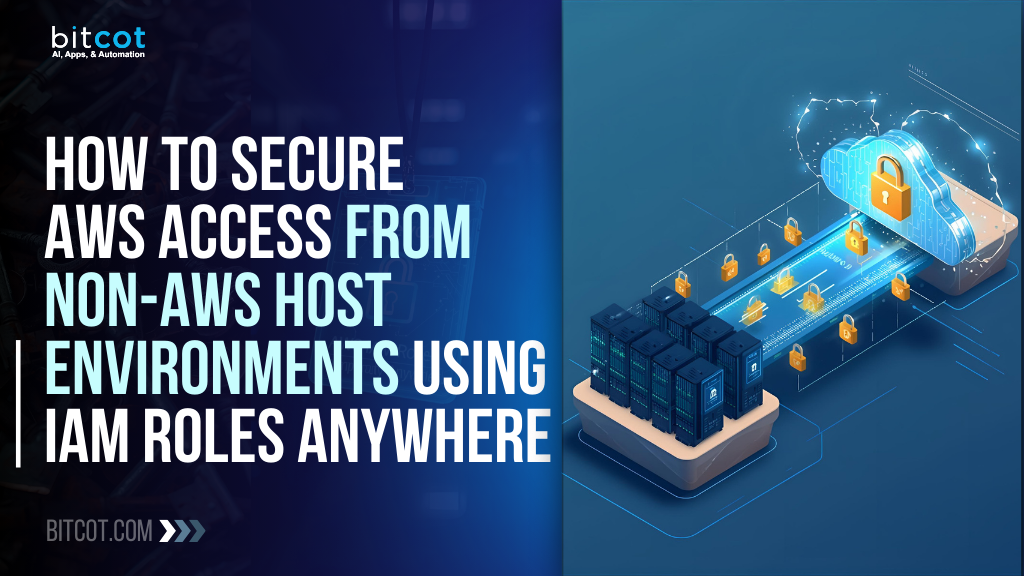
Why do so many software teams fail? Not because of bad code, but because of bad processes.
If your app crashes after every update…
If your devs are frustrated and your ops team is always firefighting…
If every deployment feels like a gamble…
You don’t need more tools. You need a better system.
That’s where the DevOps Infinity Loop changes the game.
DevOps isn’t just about automation—it’s about building a culture of speed, stability, and teamwork between your development and IT operations teams. And at the center of this culture is the Infinity Loop—a continuous, repeatable cycle that brings together planning, coding, testing, releasing, and monitoring into one smooth process.
Think of it like a well-oiled machine:
-
Developers ship faster.
-
Bugs get fixed sooner.
-
Users are happier.
-
You win more often.
But here’s the reality: Most companies talk about DevOps. Very few actually implement it right.
That’s why in this guide, we’re walking you through every phase of the DevOps Infinity Loop—what it means, how it works, and how to make it real in your organization.
Whether you’re leading a startup, managing an enterprise system, or learning DevOps for the first time—this is the framework that will set you apart.
You already know fast feedback and continuous improvement are critical.
Now it’s time to apply them—with a system built for the future.
Let’s dive in.
What is the DevOps Infinity Loop and Why is It So Important?
Think of the DevOps Infinity Loop as the engine behind high-performing software teams.
It’s a continuous feedback cycle that connects every stage of software delivery—planning, development, testing, deployment, and monitoring—into one seamless process. But it’s more than just a diagram. It’s a mindset that brings software developers and IT operations teams together to work as one.
Why does this matter?
Because without collaboration, things break down:
- Code gets deployed without proper testing.
- Operations teams struggle to keep up.
- Bugs get fixed late—if at all.
- And customers? They feel the pain instantly.
The DevOps Infinity Loop solves this by creating constant feedback at every step, so issues get caught early, updates go out faster, and teams stay aligned. It’s all about continuous improvement—making sure each phase informs and strengthens the next.
Here’s what makes it so powerful:
- Faster delivery: New features and fixes get released faster than ever.
- Higher quality: Continuous testing catches bugs before users do.
- Better collaboration: Developers and IT work together, not in silos.
- Real-time monitoring: Teams can act quickly on customer feedback and system data.
- Scalability: As your software grows, your process keeps pace—without chaos.
Also Read: Top 10 DevOps Tools to Use in 2025 and Beyond [Best Picks]
In a world where speed and stability are non-negotiable, the DevOps Infinity Loop helps organizations respond quickly, stay agile, and innovate consistently.
The DevOps Infinity Loop allows your team to build, test, and release software continuously—without ever breaking the flow.
Step-by-Step Guide to the DevOps Infinity Loop

The following is a step-by-step guide to implementing the DevOps Infinity Loop in your organization:
Step 1: Planning
The planning phase is the first phase of the DevOps Infinity Loop. It involves defining the project requirements, scope, and objectives. The development team works with other stakeholders, such as business analysts, product owners, and project managers, to gather requirements and define the project’s scope. The team also defines the project’s timeline, budget, and resources.
During the planning phase, the development team also identifies the tools and technologies required for the project. This includes selecting the programming language, framework, and libraries. The team also identifies the development and testing tools required for the project.
The planning phase sets the foundation for the entire project. It is essential to spend enough time and effort to ensure that the project’s requirements and scope are well-defined and understood by all stakeholders.
Step 2: Develop
The development phase is the second phase of the DevOps Infinity Loop. It involves writing code and building and testing the software application. The development team uses the requirements and scope defined in the planning phase to write code and build the application.
During the development phase, it is essential to follow coding standards and best practices. The team should also use version control to manage the codebase and collaborate with other team members. Continuous integration (CI) is also essential to the development phase. CI automatically builds and tests the application every time new code is committed to the codebase.
The development phase should also include automated testing. This includes unit testing, integration testing, and functional testing. Automated testing ensures that the application is free from bugs and defects and meets the requirements defined in the planning phase.
Step 3: Testing
The testing phase is the third phase of the DevOps Infinity Loop. It involves running automated and manual tests to ensure the software application meets the requirements and is free from bugs and defects. The testing phase includes several types of testing, including unit testing, integration testing, functional testing, and acceptance testing.
During the testing phase, it is essential to use automated testing tools to speed up the testing process. Automated testing tools can also detect bugs and defects that may be missed by manual testing. Using a test management tool to manage and track the testing process is also essential.
The testing phase should also include performance testing. Performance testing involves testing the application’s performance under different load conditions. It helps to identify performance bottlenecks and optimize the application’s performance.
Step 4: Deployment
The deployment phase is the fourth phase of the DevOps Infinity Loop. It involves releasing the software application to production. The deployment phase includes several steps, including packaging the application, deploying it to the production environment, and configuring it.
During the deployment phase, it is essential to use automation tools to speed up the deployment process. Automation tools can also ensure that the deployment is consistent across different environments. Using a deployment management tool to manage and track the deployment process is also essential.
The deployment phase should also include rollback procedures. Rollback procedures allow the team to revert the deployment if there are any issues or errors.
Step 5: Monitoring
The monitoring phase is the fifth and final phase of the DevOps Infinity Loop. It involves monitoring the application’s performance and user feedback. The monitoring phase includes several types of monitoring, including application performance monitoring (APM), infrastructure monitoring, and user feedback monitoring.
During the monitoring phase, it is essential to use monitoring tools to detect and diagnose issues and errors. Monitoring tools can also help to identify performance bottlenecks and optimize the application’s performance. Using a log management tool to collect and analyze application logs is also essential.
The monitoring phase should also include user feedback monitoring. User feedback monitoring involves collecting and analyzing feedback to improve the application’s user experience. User feedback can be collected through surveys, feedback forms, and social media.
Step 6: Continuous Improvement
The DevOps Infinity Loop is a continuous process that involves several iterations or cycles. Each cycle builds on the previous one, with the feedback from each phase used to improve the next iteration. Continuous improvement is an essential part of the DevOps Infinity Loop.
During the continuous improvement phase, the development team analyzes each phase’s feedback and identifies improvement areas. The team then implements changes and updates to the software application and the DevOps process.
Continuous improvement also involves reviewing the DevOps process itself.
The team should evaluate the effectiveness and efficiency of the DevOps process and identify areas for improvement. The team should also identify and implement new tools and technologies to improve the DevOps process.
Benefits of the DevOps Infinity Loop
The DevOps Infinity Loop offers several benefits to organizations, including:
1. Faster Time-to-Market
The DevOps Infinity Loop allows organizations to deliver software applications faster. The continuous feedback loop ensures that issues and errors are detected early and improvements are made quickly.
2. Higher Quality
The DevOps Infinity Loop ensures that software applications are of high quality. Automated testing tools and continuous monitoring ensure the application is free from bugs and defects.
3. Better Collaboration
The DevOps Infinity Loop emphasizes collaboration between software development and IT operations teams. The continuous feedback loop ensures that both teams work together to deliver high-quality software applications.
Also Read: 15 Best CI/CD Tools Every Business Needs: A 2025 Guide
4. Improved Efficiency
The DevOps Infinity Loop uses automation tools to speed up the development, testing, and deployment processes. This improves efficiency and reduces the time and effort required to deliver software applications.
5. Continuous Improvement
The DevOps Infinity Loop is a continuous process that involves several iterations or cycles. Each cycle builds on the previous one, with the feedback from each phase used to improve the next iteration. Continuous improvement ensures that the DevOps process is always improving and evolving.
Conclusion
The DevOps Infinity Loop is a continuous feedback loop consisting of several phases: planning, development, testing, deployment, and monitoring. The DevOps Infinity Loop emphasizes collaboration, communication, and automation between software development and IT operations teams. It allows organizations to deliver software applications faster, with higher quality and reliability.
Implementing the DevOps Infinity Loop requires a cultural shift and a commitment to continuous improvement. However, the benefits of the DevOps Infinity Loop are significant, including faster time-to-market, higher quality, better collaboration, improved efficiency, and continuous improvement.
Following the step-by-step guide outlined in this article, you can implement the DevOps Infinity Loop in your organization and start reaping the benefits of this powerful methodology.
Achieving a seamless DevOps process requires the hiring of a qualified DevOps engineer. However, since the interpretation of DevOps may differ based on a company’s culture, product, or objectives, securing the right DevOps hiring or consulting solution can take time and effort.
Companies like Bitcot specialize in DevOps consulting services and can help organizations streamline their DevOps processes and achieve their goals. With our expertise in DevOps tools and practices, Bitcot can assist in finding the right DevOps engineer to fit a company’s needs and culture.













